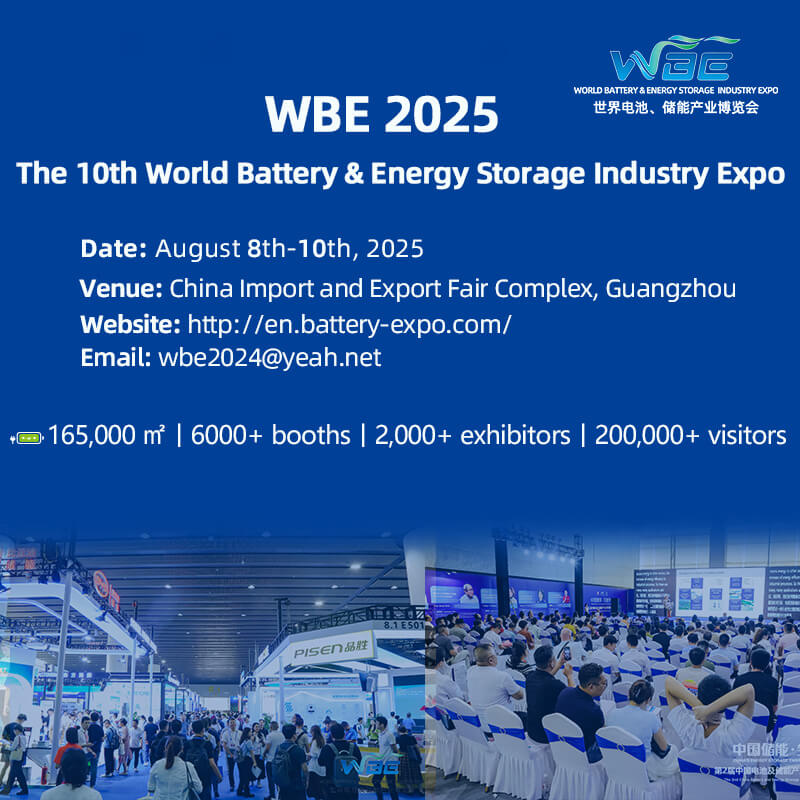Heaptalk, Jakarta — PLN Indonesia Power, a subsidiary of State Electricity Company (PLN) plan to increase hydrogen production to a total capacity of 41 gigawatts as a source of electricity generation.
Developing hydrogen as a renewable energy option is part of PLN’s roadmap to achieve the national determined contribution (NDC) target by 2030 and net zero emission (NZE) by 2060. NDC represents a country’s commitment and efforts to reduce greenhouse gas emissions and adapt to the impacts of climate change.
According to Edwin Nugraha Putra, CEO of PLN Indonesia Power, hydrogen is a solution to reduce carbon emissions produced by motor vehicles, as this energy source does not generate combustion residues or carbon emissions. “The hydrogen system has long been used in power plants to cool generators,” Edwin said, as quoted by Kontan.
In addition, the company will also develop ammonia energy as a derivative of hydrogen from 2023 to 2030. The development of this renewable energy is expected to replace fossil energy, which is still widely used today. Edwin added, “This will bring many benefits due to zero carbon emissions and significant cost savings.”
According to him, hydrogen is one of the clean energy sources that will support the energy transition and achieve NZE by 2060. PLN Indonesia Power has been developing hydrogen energy in the country by providing hydrogen infrastructure from upstream to downstream.
Upstream, the company has made the Kamojang Geothermal Power Plant (PLTP) the first green hydrogen producer based on geothermal energy in Southeast Asia. Furthermore, PLN Indonesia Power will develop other geothermal power plants as hydrogen producers, including Gunung Salak, Ulubelu, Darajat, Lahendong, and Ulumbu Geothermal Power Plants.











